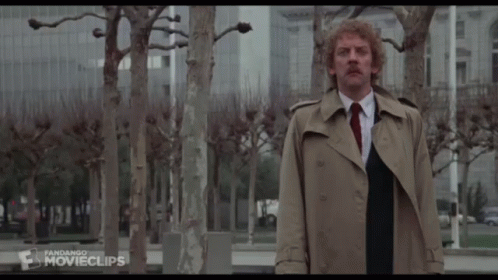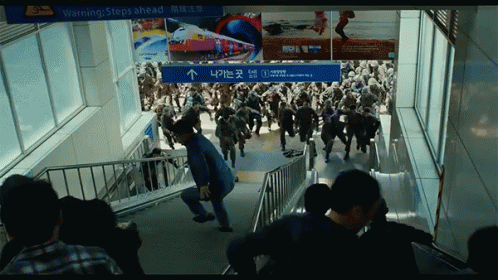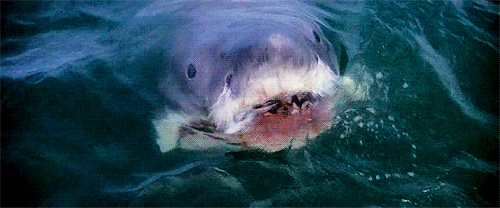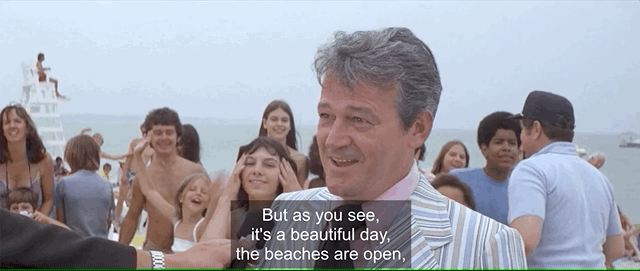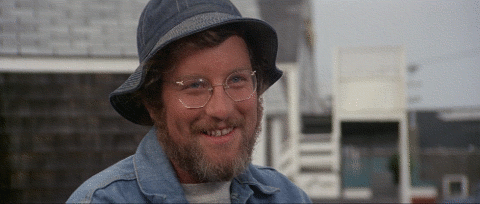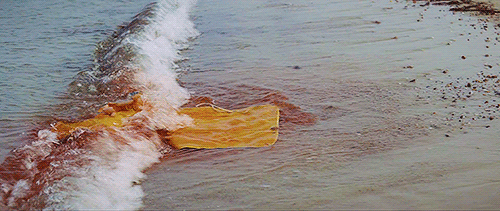
I don’t normally talk about these subjects on this blog, as it’s usually a place to give people a break from heavy topics by talking about the frivolous things that make me happy. I wasn’t even sure I wanted to post this, since its so personal, but here goes.
Every now and then, I’ll mention something about my personal life, but usually only when it intersects with some piece of popular culture which has emotionally affected me, and The Flash was that bitch! And I was neither expecting nor ready for that.
My mother died in hospice in 2021, just a few days before Thanksgiving, and I am still in the mourning stage, and probably always will be. Her death was somewhat prolonged in that she’d been sick off and on for years with various ailments like kidney disease, respiratory illnesses, cancer. But when her death finally did come, it was relatively quick, happening over the course of about two months. In the movie The Flash Barry’s mother dies suddenly and unexpectedly, his father is blamed and jailed for it, and Barry’s decisions are affected by these two events for the rest of the movie.
Barry finds out he can turn back time, and thinks if he goes back far enough he can save his mother from this sudden and unexplainable death which is the traumatic event that shaped the man he became. At the beginning of the movie, Barry has a conversation with Bruce Wayne about going back in time to save his own parents, and Bruce tells him that traumatic events can make us the person we become, but we can’t let those events define who we are. This distinction is very fine, but there are multiple examples of it in the movie.
One of Barry’s early memories of his mother is her telling him that not every problem has a solution, and this is said later in the film by an alternate version of Bruce Wayne, who also tells Barry he can’t always save everyone. This is illustrated multiple times in the movie with Barry not being able to save an endangered child’s father or not being able to save any of the people he has come to care for by the end of the film, but at the beginning of the movie, Barry is put into a nearly impossible situation in which he successfully saves a roomful of infants, a therapy dog, and a nurse from a falling building, so riding high off that success, he believes that his mother’s death is something he can actually prevent as well, so he travels to the past to do so. He is successful at saving his mother but ends up creating a universe that only ever ends in disaster for everyone because he never existed as The Flash in that place, and this was a universe in which Earth was slated for destruction because the Justice League that existed in the Zack Snyder universe didn’t exist either. Superman never existed in it and General Zod, (the villain from the Man of Steel movie), won.
Because Barry’s alternate self in that universe avoided the trauma of his mother’s death and his father’s imprisonment, and as a result he is a subtly different person than this universe’s Barry, being silly, immature , and irresponsible. The latter part of the film is that universe’s version of Barry destroying his mind and body when he finds out that his Earth, and hence his family and friends, are all slated to die, and he simply refuses to accept that knowledge. He keeps traveling back in time for years in a desperate attempt to save what cannot be saved. At one point, Barry tells his alternate self that he must let it go, and in that moment he truly recognizes himself, and the steps he has to take to fix the situation.
He has to let his mother stay dead. He has to let her go. He has to undo the events he set in motion which means that even though he knows he can save her, he shouldn’t, because all that does is result in the deaths of everyone else he interacted with in the attempt, Batman, Superman’s cousin Kara, his mother and father , and finally, his alternate self.
I recognized myself in Barry’s story. In the last few weeks of my mother’s life I was an emotional wreck who refused to accept that she was dying. I pleaded and bargained with the universe just like Barry did in the movie. Give me just a few more years. Give me five. Give me two more. Hell, just one more year of living with her, and I’ll be ready to let her go (which is a lie, because no matter how much time I was allotted, it would never have been enough). I didn’t want to acknowledge it was happening and kept clinging to the delusional hope that she was going to come home.
Like Barry, I kept making the decisions that I thought could save her.
She was never going to come back home.
You cannot save everybody.
Like Barry, I was riding high off of my success. I’d spent the past twenty years as her primary caregiver, which meant making sure she took her meds, taking her to all her appointments, and towards the end when she couldn’t get out of bed without help, I exhausted myself, used up all my vacation and sick time from work, and took time off from work altogether to feed, bathe, clothe, and care for her full time. I wasn’t alone. I did have help, but it wasn’t until all that was over that I realized how incredibly traumatized I was by what I had put myself through. I’m not gonna lie. I did it to myself because I could have asked for more help sooner, and at least some of that trauma could have been avoided. But I thought, as her eldest child, I was the one who had to do it. I thought it was my responsibility.
When she was finally in the hospital and the doctors were doing everything they could think of to save her, I had to make some seriously difficult decisions (that I’m still not okay with having made) in my attempt to keep her alive. Now, I realize those were the correct decisions to make, but in the weeks and months after her death, I questioned all of that because I tried so hard and in the end I thought I failed.
But here’s the thing – I was supposed to fail.
The message in this movie hit me really hard because I identified with Barry, just like I was supposed to do.
I did eventually make the right decisions because I wasn’t supposed to save her. I was supposed to let her decide.
It was time for her to go, she was ready to leave, and I just didn’t want to accept that. I didn’t want to let her go and kept holding on to her.
Not every problem has a solution, and not everyone can be saved.
Sometimes you have to let go.
I’m not unique. Everyone on Earth who has someone they dearly love has probably gone through this is, or is going to at some point, and this is something each individual person must experience on their own.
Notes:
This is a deeply personal movie for me, as all good stories are personal. Because of the circumstances of my life, being black, a woman, and growing up in poverty, the way I coped with difficulty was by anchoring the events in my life to stories, and those are the surest way to teach me something about myself. If you can craft an effective story, I will probably learn whatever lesson you’re trying to teach me. The use of stories, whether it was horror novels and movies, or soap operas, were my mother’s way of coping with a difficult life, were a comfort to her in her final months, and she passed this coping mechanism (one of several) to me. We all find ways to deal with life’s difficulties and uncertainties. So when I’m going through hard times, sometimes I will view what I’m going through through the lens of storytelling and what are movies but visual stories writ large?
When I was a child, I had a teacher who expressed a concern that I was reading too much in an attempt to escape difficulties. She worried I wasn’t developing proper coping skills. I’ve seen how other people coped with their problems, through drugs, drink, work, denial, and delusion, and quite frankly, reading books is probably one of the better coping mechanisms. Quite frankly, that teacher was wrong. I wasn’t reading just to escape my life. I was reading to have adventures I knew I would never experience, learning how to look at the world and people, critical thinking skills, and how to cope with life’s problems.
One of the reason I don’t engage in ranking movies and stories on this blog from better to worse is not just because my mind doesn’t think that way, (there’s no objective way of saying a story was good or bad). A story can be badly told, or badly executed, or even a premise with which you disagree, but the story itself isn’t better or worse than another story. For me, there’s no such thing as a good or bad story. I need to ask how well was it executed. Was it visualized well? Did it successfully achieve what it was meant to? Did that comedy make me laugh? Did I learn anything important? Do I think about some issue a different way? Did that romance make me feel romantic? Was I horrified? Was I thrilled? Was I not entertained?
The Flash was a great movie for me because it set out to do what I expected it to do and gave me a little something extra on the side. That’s what the best movies do. Give you not just what you expected but surprises you with something you didn’t.
So, I’m sitting in this movie theater, crying over a superhero movie, and trying not to in front of my niece and nephew, because I don’t want to alter their experience of the movie with my tears, and all that because I was finally ready to listen to a message that I’ve heard in countless stories since my mother died, but was unwilling to listen to before that day.
The power of story is such that it cannot be qualified into simply good and bad. There is only what stories personally affect you according to the mindset you brought to it.
The Flash was an excellent movie because of how it felt TO ME!


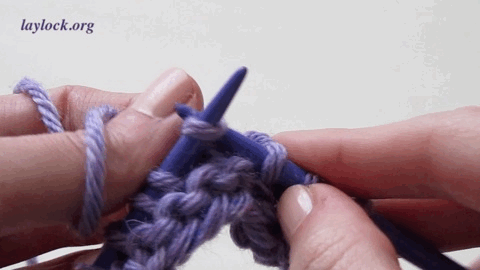





















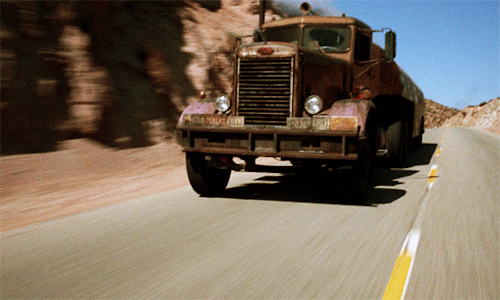

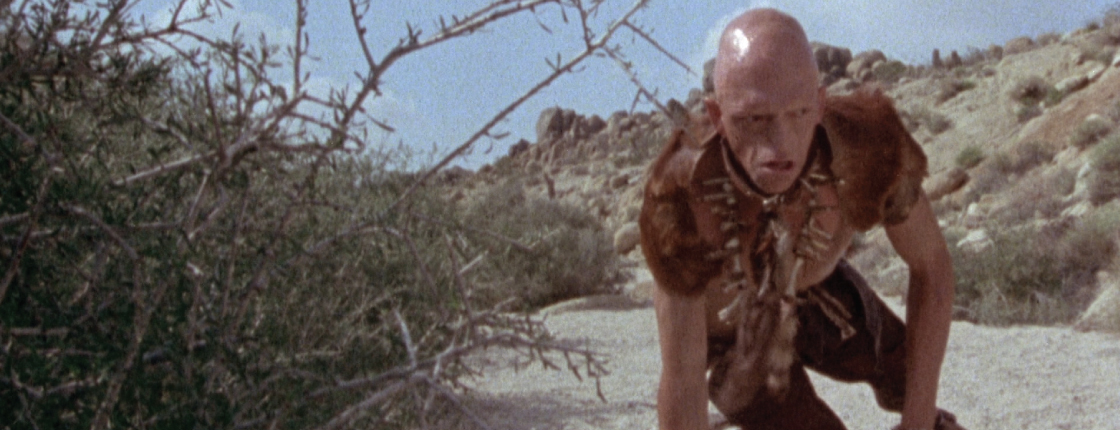
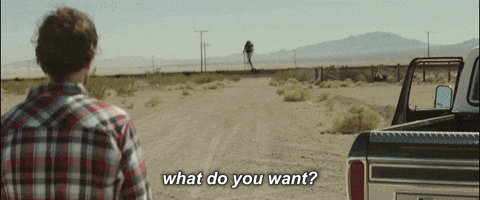
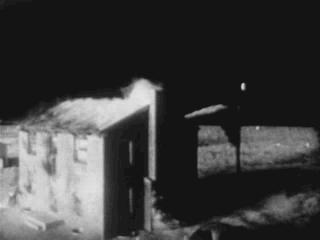
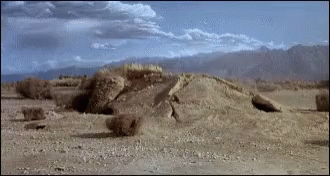





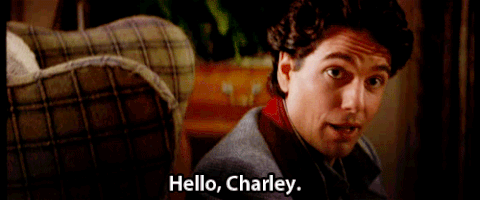

![Predator - Shooting Jungle [HD] GIF | Gfycat](https://thumbs.gfycat.com/ThriftyRichAlpinegoat-size_restricted.gif)

![Predator - Shooting Jungle [HD] GIF | Gfycat](https://thumbs.gfycat.com/FemaleKnobbyHochstettersfrog-size_restricted.gif)







